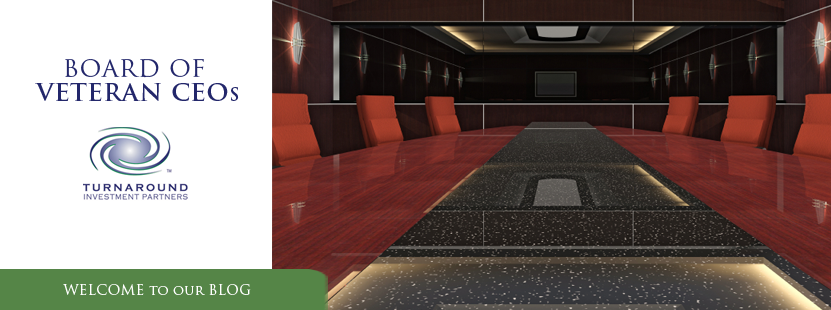Too often, you hear employees
complain about the amount of meetings they attend. In some cases, they say there was no need for the
meeting. In others, you hear the meeting
could have been accomplished through emails. One of the worst outcomes of a meeting is the meeting after
the meeting. Those can turn into
the real meeting where
final decisions are made. Then there are those meetings that fire people up and drive
immediate action for successful completion of initiatives. Why aren’t all meetings like the
latter? More importantly, how do
you know if you are having valuable or time wasting meetings?
I have personally attended my
clients’ management or operations meetings where the agenda was much to
long. In those meetings,
conversations became redundant week after week. Employees attend because they HAD to. Then they complain to themselves and
one another.
In meetings with long agendas,
management may have a command and control mentality. The leader of the organization does most of the talking and
asks all the questions. Not many
people are empowered by those meetings.
One of the biggest problems with
meetings led by command and control managers is the lack of care or value they
put on the time of their people.
In other words, if management does not see time as a valuable resource,
they may squander their time as well as those around them.
In those long meetings, I have seen
supervisors excuse themselves because they had to attend to something
else. How can you unify an
organization if staff has little interest or value for management’s
meetings?
Instead of holding long superfluous
meetings, create an agenda with 2-3 items. The 2-3 topics should have real time importance. You can do quick follow ups for issues
from the last meeting. One
important topic can be KPIs (key performance indicators). Those are conversations about what each
person is responsible for accomplishing week-to-week and month-to-month. Within the KPI conversation, people
will discuss problems they are facing if they are unable to meet their weekly
milestones. They will also address
additional resources when necessary.
If you want to have a great meeting,
start it by asking if there have been any breakthroughs recently. Allow people to trumpet successes. Within that, there will be lessons
learned that will benefit everyone.
Second, talk about KPIs.
Lastly, talk about the problems or gaps. Problems can refer to breakdowns, which could include
valuable lessons. Or it could be
the result of something slipping through the cracks. In other cases, it may be the result of poor
communication. The communication
can be cleaned up immediately so everyone knows who is doing what and
when.
Included in the conversation about
gaps, people can discuss the need for additional resources, like added
personnel, time, money, materials, etc.
The discussion about gaps will encourage staff and management to take
actions immediately after the meeting.
Or it can establish new routines to create a more efficient
workflow.
Ultimately, if you’re having bad
meetings, it does not mean you are a bad manager. Instead, you can ask your people what they would like to get
out of meetings. You can even ask
them to contribute to the agenda.
Or you can assign an individual to run the next meeting.
While meetings can be a valuable
tool to align the team or organization, it is more important they are valuable
to attendees. Include people in
the design of the meeting. And
make sure they are doing the majority of the talking.
What do you
think? I would love to hear your feedback. And I’m open to ideas. Or if you
want to write me about a specific topic, let me know.



No comments:
Post a Comment